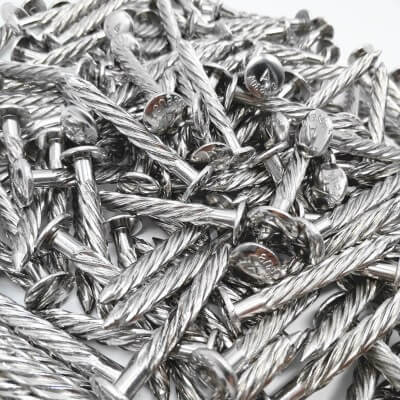Solving The UK Construction Skills Shortage Through Prefabrication
Anyone with even a passing interest in the construction industry will be aware that it is suffering from a serious skills shortage which has been ongoing for some time.
Ten years on from the global financial crisis, with a government drive to build more homes and the uncertainty surrounding a departure from the EU with potential restrictions on free movement of labour there seems little prospect of that shortage of skills easing, despite schemes to encourage more people to join the industry such as school leavers, women and those exiting the armed forces. This shortage has resulted in difficulty recruiting and retaining skilled construction staff in almost every area of building work, with around half of all firms reporting increased problems in recruiting and retaining skilled workers.
This shortage of skilled labour has driven wages higher, which inevitably impacts on costs, with the vast majority of firms reporting increased costs in the last year. One possible solution to this challenge is the use of components which are prefabricated off-site to exact specifications, resulting in far less work on-site and, in particular, requiring less input from the most skilled workers.
If you are already convinced and just want to find out more, take a look at some solutions to making prefabrication a success on projects.
While the use of prefabricated building components may not solve all the problems created by the current skills shortage, anything which can potentially save a contractor time and money is worthy of investigation.
Time savings with prefabrication of building components.
The old saying time is money is probably truer in the building and construction industry than in almost any other. A building site may have dozens or even hundreds of people working on it, and every delay can potentially impact on multiple personnel. Instead of using materials which have to be cut and worked to shape or working with multiple components which must be correctly sourced and assembled on site before installation, you could save considerable time by having those items prepared in advance off-site to your specifications and delivered ready to install. When assembling on site, a shortage of just one component at any stage in the process could halt the project until new components can be sourced. The time savings are particularly significant on large projects where the same components may need to be used multiple times.
How can prefabrication of building components cut waste?
We are all concerned with reducing waste of materials both for economic as well as for ecological reasons. If cutting and forming on site it is less easy to recycle off-cuts than with the prefabrication of building components off-site where reuse and recycling can be an integral part of the process. We all make mistakes but assembling and cutting components on site is more likely to result in problems, especially if working against time constraints, when compared with assembly off site. With prefabrication of components which involve multiple parts requiring assembly, there is always the possibility of using the wrong part, e.g. if there are different sizes of fixings. In some cases, where welding or other irreversible processes are involved, this could mean completely scrapping a finished component which does not correctly meet specifications.
Prefabrication of building components to save on labour costs.
As has already been touched upon, the cost of skilled labour has been pushed upwards as a direct response to the skills shortage and, as such, any skilled work which can be reduced on-site is bound to result in a reduction of labour costs. Particularly on large projects, the prefabrication of building components off-site to exact specifications could save a considerable amount of time and therefore money allowing for less highly skilled construction workers to achieve a high-quality finished product on-site.
Reduced health and safety risk.
A good health and safety record is not only important because nobody wants to see people injured at work, but there are also obvious practical benefits as well such as a positive public image and smooth continued operation. With every project, and in particular on larger projects where there are large numbers of similar installations, having those items prefabricated can not only reduce the time and save money but could also potentially improve health and safety outcomes. Repeated cutting on site, for example, involves a greater risk of injury, particularly if working in cramped conditions, than having those items prefabricated in advance. In addition, the repeated use of power tools on site involves a far greater amount of noise and dust, so any reduction in these will surely be a benefit too all concerned. There is also the consideration of saving valuable space as the prefabrication of components off-site removes the need for designated cutting areas which have to be set up and often moved as the project progresses.
Conclusion.
Off-site construction is a growing trend with the vast majority of projects using at least some prefabricated components. For example, many mechanical, electrical and ductwork contractors will use prefabricated brackets for the installation of building services, as they’ll have access considerations and time restraints for completing their specific part of the project.
Whilst there are undoubtedly some challenges to overcome in some aspects of the field, there are significant time and cost savings involved in reducing the problems of the construction skills shortage through prefabrication of building components. Working with an experienced company will reduce any potential difficulties and provide a smooth operation from start to finish of the project.



